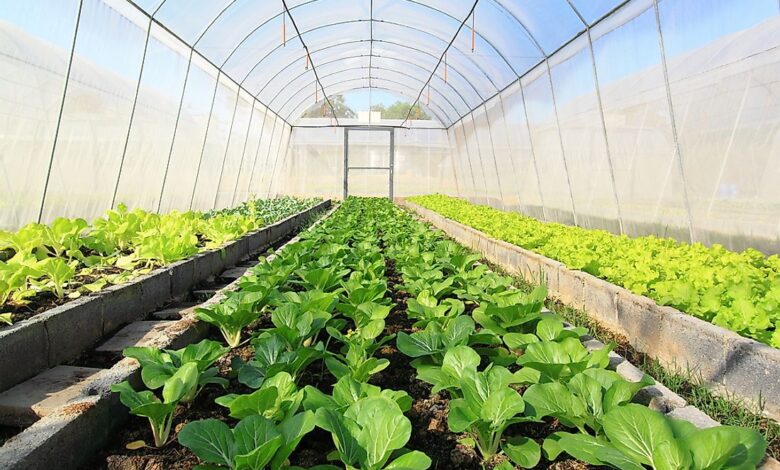Add Freshness And Greenery To Your Indoors By Introducing Philodendrons

The philodendron, which gets its name from the Greek words “philo” for “love” and “dendron” for “tree,” is one of the most easiest plants to germinate for interior environments. This family of plants ranges from attractive vining types to upright tree-like plants and is endemic to tropical America.
Philodendron types are potent plants in the right conditions and can grow several feet in a single year.
Read More: Fertilize your grass
It has long been the most popular plant in indoor gardens all around the world. Due to their ability to filter gaseous contaminants from the air, Philodendron plants are perfect for interior situations. They can be left alone all year and will tell you precisely what they require, making them an excellent alternative for inexperienced gardeners. They are generally forgiving and will put up with many cases of abuse, such as lack of light, lousy soil, and inconsistent watering.
It offers a touch of native tropical flare to any home with its vast, green, and glossy foliage.
Philodendrons come in two varieties: climbing and non-climbing.
The vining type can reach a height of many feet, while the non-climbing variety has an upright growth habit and makes fantastic container foliage.
Philodendrons come in two varieties: climbing and non-climbing. The vining species can reach a height of several feet and requires some support structure to climb on, such as a trellis or a basket. Non-climbing varieties have an upright growth habit and make good container foliage plants. Order indoor plants online and add freshness and greenery to your surroundings. Philodendrons, in general, have a rapid growth rate. The optimum time to plant houseplants is in the spring, but they can be started at any time of year. If consumed, they are hazardous to both pets and humans.
Plant maintenance
The goal of indoor philodendron plant care is to replicate the plant’s natural tropical environment. Warmth and moisture can be provided by placing it near a sunny east or west-facing window. They work well in north-facing windows and balconies as well.
Put philodendron houseplants outside in a shady place to get some fresh air and natural light during the summer. Direct sunshine, on the other hand, might burn the plant’s delicate leaf.
Light
The philodendron family of plants is one of the most effective choices for interior spaces due to their hardiness and wide range of situations in which they may thrive.
Philodendrons need bright indirect to medium light, but they can also survive in low light for short periods. To avoid leaf burn, keep your philodendrons away of direct sunlight.
Variegated varieties, on the other hand, require more light to maintain their variegations.
Water
As the top two inches of the potting mix are dry to the touch, water your philodendron. The quantity of light the plant receives determines how often it has to be watered. More light leads to a faster rate of photosynthesis, which increases the amount of water needed. Dig your finger 2 inches into the earth to see when it’s time to water the plant. It’s time to water your philodendrons if the earth feels dry and your finger comes out clean. It’s not time to water it yet if the soil feels damp and the finger comes out with soil stuck to it. Send plants online to your grandparents and gift them a token of hope and life.
Humidity and Temperature
Philodendrons’ temperature tolerance varies depending on the species. They shouldn’t be exposed to temperatures below 55 degrees Fahrenheit in general. Cool draughts, such as those from an air-conditioning vent, are protected from them indoors. Because these plants prefer humidity, you may need to increase humidity around your philodendron if you live in a dry region. You can do this by just misting the plant with water from a spray bottle every few days. You can also set the container on a tray of pebbles filled with water, making sure that the container’s bottom does not come into contact with the water, which could cause root rot.
Fertilization and soil
For good development, philodendrons prefer a rich but well-draining medium. While vining cultivars are unconcerned about the growing medium, those with a tree-like growth pattern require more root support to maintain balance. Fertilize your plant every three weeks during its growing season, which runs from spring to October. Applying a good quality compost to supplement the potting medium is also beneficial, as is using a water-soluble plant fertilizer like NPK every few weeks for both root application and misting to create healthier and larger leaves.
Placement
Plants should be placed in regions where they will receive bright to soft indirect light. If your plant isn’t getting enough light throughout the day, putting it in the sun for a few hours every other week will help it thrive. When put at a height and allowed to trickle down, the trailing variety appears incredibly gorgeous. The upright types are ideal for use on a tabletop or the floor. Buy plants online for your friends and help them live a healthy life.
Propagation
Vining plants may be replicated easily from stem cuttings. Take cuttings with at least 2-3 leaf nodes and propagate them in water or straight in the soil. Remove the lowermost leaves to reveal the nodes, and make sure they’re covered in water or buried in the dirt. With proper care, Philodendron plants root easily and develop quickly.
Propagation of tree-like kinds can be accomplished by dividing the mature plant along with the root system. Use a rich, well-draining potting medium for potting.


